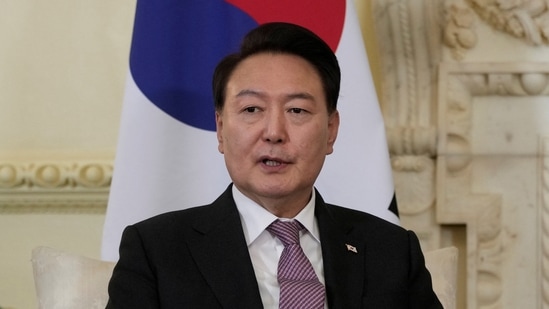South Korea’s evolving Indian Ocean Region policy
This paper is authored by Abhishek Sharma, ORF.
South Korea’s Indo-Pacific strategy, released in December 2022, highlights the country’s willingness to engage with the Indo-Pacific concept, shedding the ambiguity of the earlier stance under president Yoon Suk Yeol’s predecessor. This policy step-up recognises emerging geopolitical trends that require South Korea to engage with new territories previously overlooked in its strategic radar, such as the Indian Ocean Region (IOR). This brief assesses the evolution of South Korea’s policy on the IOR, from the Moon Jae-in administration to the incumbent, and the prospects that can be explored.

Starting with the previous Moon Jae-in administration to the current one under Yoon Suk Yeol, South Korea has increased its engagement with the Indo-Pacific and groupings that have a stake in the region. President Yoon released the Indo-Pacific Strategy (IPS) in 2022, the foundations for which were laid by his predecessor, Moon Jae-in, in the New Southern Policy (NSP). The policy aimed to “elevate Korea’s relations with ASEAN member states and India in the political, economic, social and cultural spheres” to the same level that Korea maintains with the four major powers (i.e., the United States, China, Japan, and Russia).
The IPS is a step up in foreign policy, elevating South Korea’s middle-power diplomacy by pledging a more active role in promoting peace, security, and stability in the Indo-Pacific region. Moreover, the IPS incorporates the Indian Ocean Region (IOR) under the umbrella of the Indo-Pacific region. This brief examines the IOR’s geopolitical and economic significance in South Korea’s foreign policy as well as the shifts in approaches across the administrations of Moon and Yoon.
The paper can be accessed here.
This paper is authored by Abhishek Sharma, ORF.





